Title: Prediction of tactile perception from vision on deformable objects
Authors: Brayan S. Zapata-Impata and Pablo Gil
Workshop: Robotic Manipulation of Deformable Objects (ROMADO), 25 October – 25 December, 2020
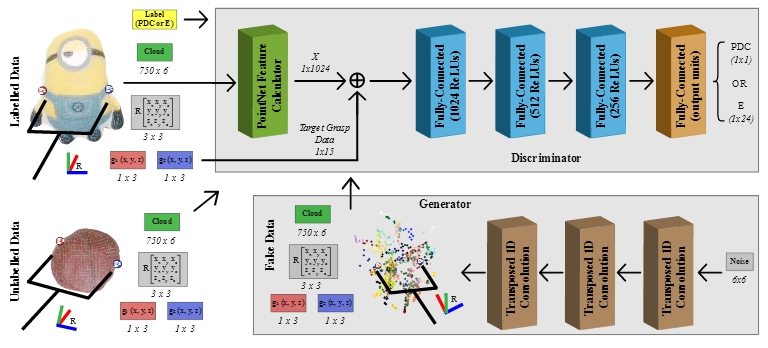
Abstract: Through the use of tactile perception, a manipulator can estimate the stability of its grip, among others. However, tactile sensors are only activated upon contact. In contrast, humans can estimate the feeling of touching an object from its visual appearance. Providing robots with this ability to generate tactile perception from vision is desirable to achieve autonomy. To accomplish this, we propose using a Generative Adversarial Network. Our system learns to generate tactile responses using as stimulus a visual representation of the object and target grasping data. Since collecting labeled samples of robotic tactile responses consumes hardware resources and time, we apply semi-supervised techniques. For this work, we collected 4000 samples with 4 deformable items and experiment with 4 tactile modalities.

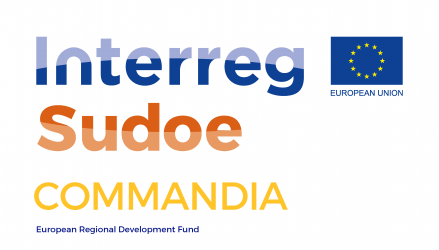
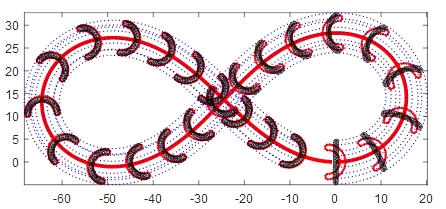
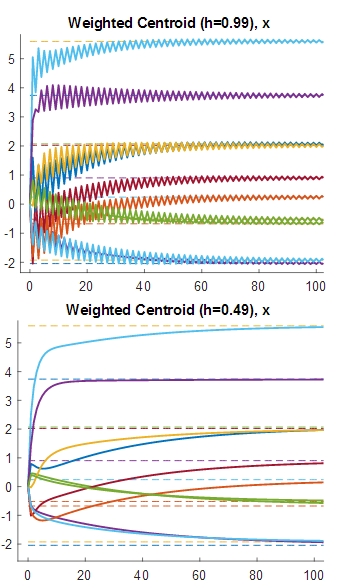
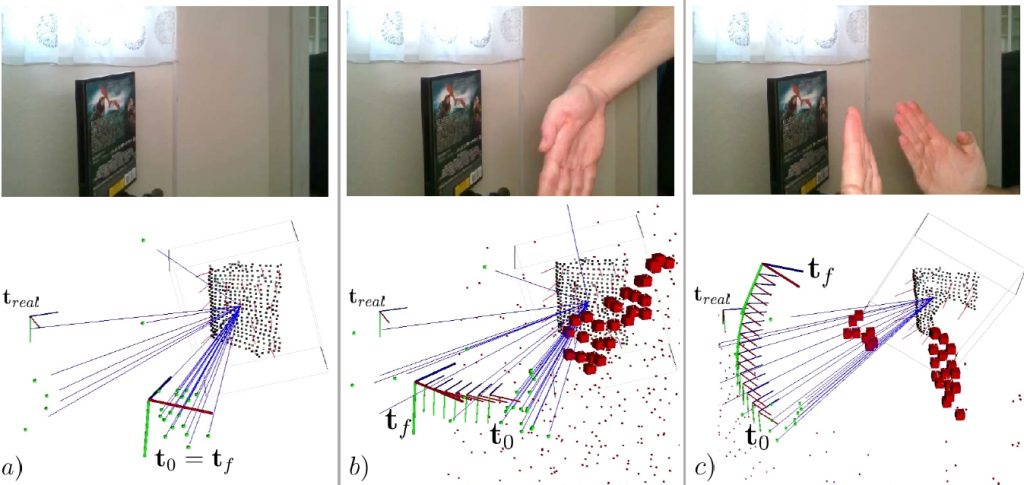


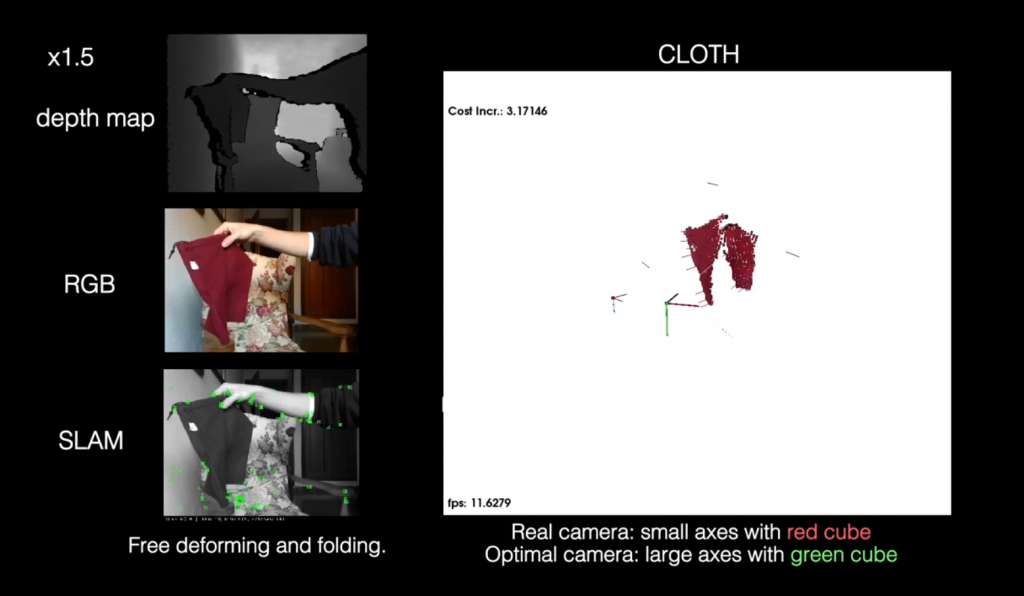


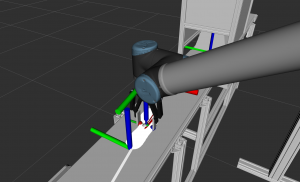
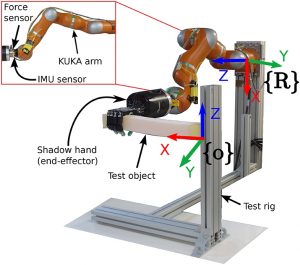 Abstract: In this paper, we present a novel pipeline to simultaneously estimate and manipulate the deformation of an object using only force sensing and an FEM model. The pipeline is composed of a sensor model, a deformation model and a pose controller. The sensor model computes the contact forces that are used as input to the deformation model which updates the volumetric mesh of a manipulated object. The controller then deforms the object such that a given pose on the mesh reaches a desired pose. The proposed approach is thoroughly evaluated in real experiments using a robot manipulator and a force-torque sensor to show its accuracy in estimating and manipulating deformations without the use of vision sensors.
Abstract: In this paper, we present a novel pipeline to simultaneously estimate and manipulate the deformation of an object using only force sensing and an FEM model. The pipeline is composed of a sensor model, a deformation model and a pose controller. The sensor model computes the contact forces that are used as input to the deformation model which updates the volumetric mesh of a manipulated object. The controller then deforms the object such that a given pose on the mesh reaches a desired pose. The proposed approach is thoroughly evaluated in real experiments using a robot manipulator and a force-torque sensor to show its accuracy in estimating and manipulating deformations without the use of vision sensors.